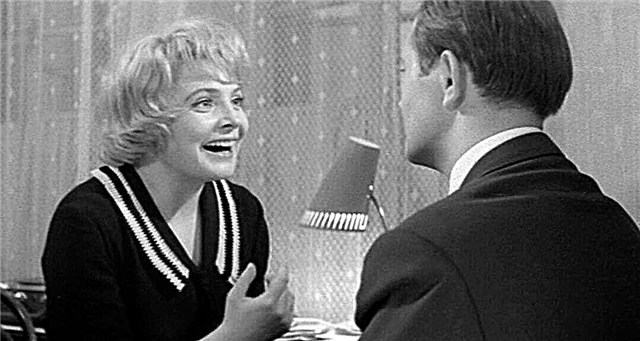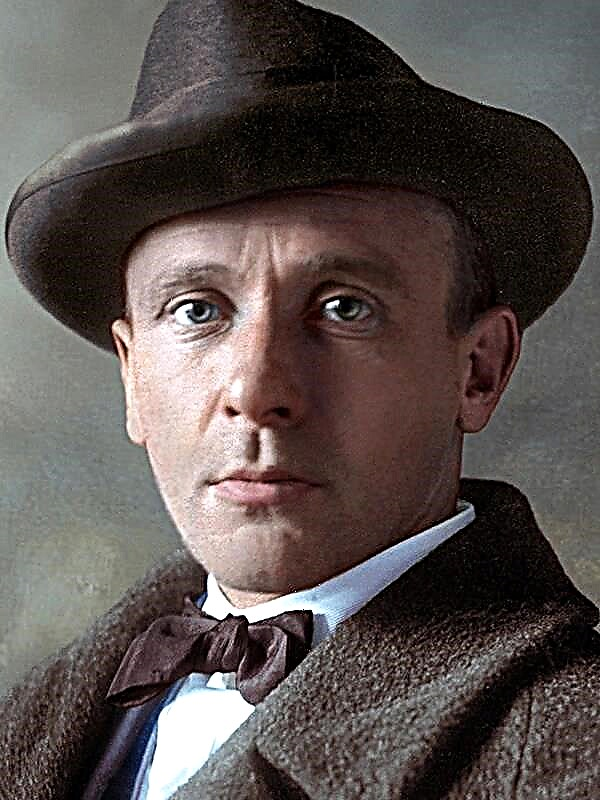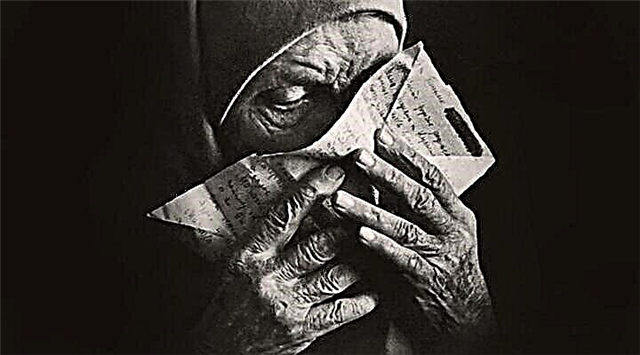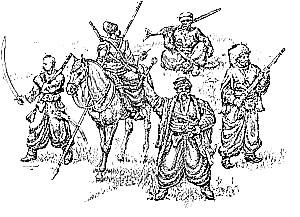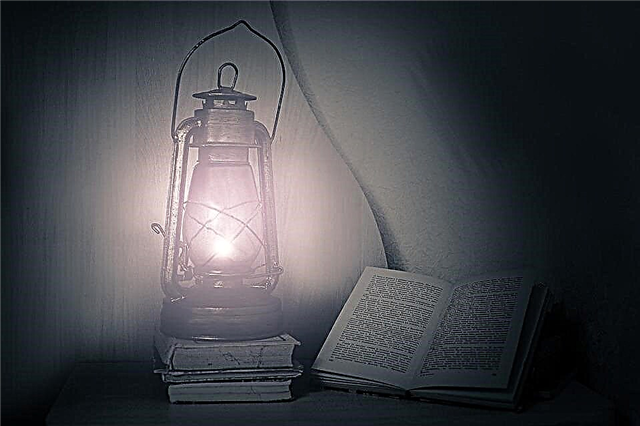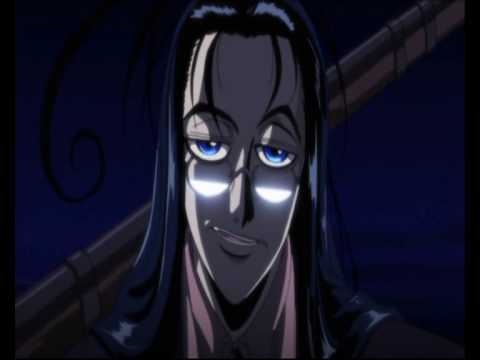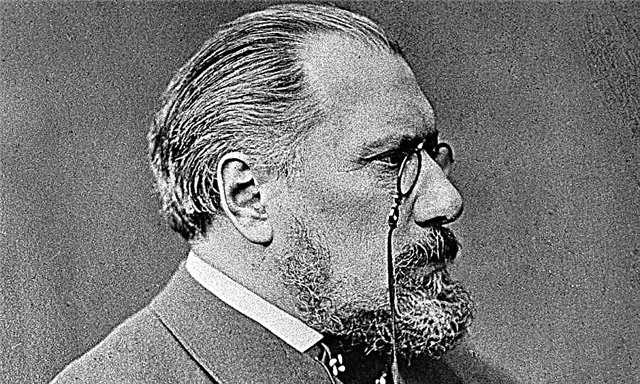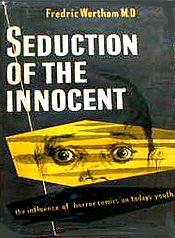Mikhail Yurievich Lermontov was born in October 1814. Throughout his life, in his works, he touched on topics of loneliness, sadness, unrequited love, the desire for an ideal, different world. The poem "Three palm trees" is no exception: the author opens the reader’s eyes to the world, to questions that they do not want to ask out loud.
History of creation
"Three palm trees" M. Lermontov writes in 1838. The editors of the journal Domestic Notes, which was successful at that time, published a poem a year later, in 1839.
In the poem, the poet uses the same images from the IX Imitation of the Quran by A. Pushkin, but the idea and essence of his work have a slightly different direction than Pushkin’s motives. The author often polemicized with his ancestor and a literary teacher. He addressed the same themes and images, but interpreted them differently, showing a change of orientation in Russian society.
Genre, direction and size
"Three palm trees" - this is a lyrical ballad - carries a deep philosophical meaning. The poet wrote it in the form of an oriental parable. The notes of romanticism are clearly traced, as the author strives for an impeccable world, for something ideal and recalls God. In addition, he depicts exotic conditions, which is also characteristic of romantic poets. Riot and its tragic end are a typical mood for this direction. The author himself indicated the genre of legend, hinting at the folklore component of his work, because the plot is taken from an eastern legend.
Lermontov used the four-foot amphibrach, so, thanks to him, the author emotionally tuned the readers to an oriental mood and tried to reflect his intonations. Mikhail Yurievich uses the rhyme of sextine with an adjacent rhyme.
Images and Symbols
- The main characters are palm trees, they have been living for more than one year in an empty, unsociable desert, leading a meek, calm, measured life. They believe that all the time allotted to them by fate was lived in vain, since there was not a single bright event in it, so the palm trees are angry with God for their unjust attitude towards them. Trees, in their opinion, do not fulfill their purpose - they do not provide a haven for travelers. And God heard their murmurs, sent them a caravan, where there were people, and horses, and camels. The heroines met them with dignity, rejoiced, but their desire, satisfied by the Lord, became the cause of their death. This image symbolizes a person who is always dissatisfied with his fate, always expects more from fate, but, in fact, does not know what he wants. He does not think about the consequences of realizing his dream, he is not aware of what lies behind the beautiful cover. And evil rock punishes him for it.
- Caravan - a symbol of a dream come true, which was only a mirage, a deception, an illusion. Palms idealized him, attributed to him the meekness and moderation of appetites, but people turned out to be just people: they cut down trees for their own needs, not sparing their ancient trunks. So a man imagines God knows that, but in reality everything does not work out as he imagined. A dream takes on terrifying forms of reality, where there is no room for illusions.
- Kite - a symbol of death, carrion bird. She completes the picture of the defeat that the caravan committed.
- Stream - A symbol of a calm and peaceful life that trees did not value.
Themes and mood
The poet addresses several burning topics and issues.
- The main theme is the unattainability of the ideal. No matter how much a person wants, his dream will always be just a dream, otherwise it cannot be. When desire is fulfilled, it ceases to be desire. At the heart of any ideal lies self-deception.
- Another main topic is the relationship between man and nature.. People are careless and cruel to the world around us, and, no matter how much they would like, they will still consider themselves stronger than her, because nature is defenseless - she cannot take revenge, her fury is blind and accidental.
- The author also touches on religious issue. When the palm trees begin to be angry with God’s life, he fulfills their request and provides an opportunity to live a bright night: they not only gave shelter to travelers, but also warmed them with their warmth. From this example, we can conclude that we do not need to grumble at higher powers, because their fishing is unknown to us, and we do not have omniscience, unlike them.
- It follows theme of humilitybecause you need to be thankful for what we have.
The author creates a gloomy mood, showing the devastating consequences of a dream.
The basic idea
The poem is a philosophical reflection on the meaning and purpose of human life. The purpose of being and its meaning are unknown to us, they remain a mystery that only higher forces can solve. The author’s idea is that one should not grumble at one’s fate, one must bear his cross with dignity and directly, without invoking the intervention of God in this process. Everything goes as it should, everything is predetermined. Riot against fate is doomed, and this is also the main idea of the poem.
The poet also raises the question of how to live life: quietly, calmly, helping people from year to year, or brightly, but briefly? The palm trees that grumbled against God for a long time, gradually and meekly grew, but this did not suit them, and they began to complain about the injustice of God in relation to them. Then God gives them the opportunity to live a bright life: travelers came to them, arranged fun, palm trees bowed their heads in front of them, and later were broken and used for a fire. Alas, a rich, interesting fate requires a person to sacrifice, and it cannot be otherwise.
Means of artistic expression
M. Lermontov does not limit himself to the means of artistic expression. So, he uses many epithets and metaphors that give the poem an emotional mood: “sonorous stream”, “magnificent leaves”, “proud palm trees”, “barren soil”, “terry head”; “Sand was spinning like a pillar”, “flaming chest”.
Comparisons - people - "small children", the caravan "walked, swaying, like a shuttle in the sea." And thanks to the personification, the poet does not give the opportunity to see a clearly lyrical hero, instead the reader watches three palm trees, dissatisfied with life: “palm trees greet”, “leaves whisper”, tree trunks - “bodies”, leaves are “clothes”, palm trees “fell” without life. "

